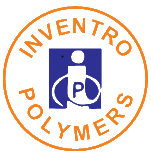This is usually the initial stage of the ‘art’ of the product. It often involves resolving a product-related issue for a client, an established need, or generating one or more ideas.
At this stage it doesn’t
matter whether the product is manufacturable or not.
We pride ourselves on our ability to source necessary information from
inventors and other professionals to help define their ideas or products. This
information is then used to draw up preliminary concepts and determine
feasibility is undertaken to establish the concept leader.
Once a viable idea has been determined, early-stage engineering and design for manufacture (DFM) activities are undertaken to develop the part. At this stage, the product will be modelled in 3D, potential material categories chosen and any required interfaces with other devices or materials are established. Finite element analysis (FEA) is undertaken if necessary and any relevant standards or other credentials are applied to the design. Our preferred design platform is Solidworks, within which we can do early-stage mechanical and flow FEA. Specialized or complex FEA activities are sub-contracted.
The materials we use for product design and
development include:
PI – Polyimide
PTFE / PFA / FEP – By Machining / IJ
PEEK – Polyetheretherketone
PSU – Polysulphone
PC – Polycarbonate
PMMA – Polymethylmethacrylate (acrylic)
POM – Polyoxymethylene (acetal)
ABS – Acrylonitrile Butadiene Styrene
PC-ABS – Plastic Alloy
PP – Polypropylene
PE – Polyethylene
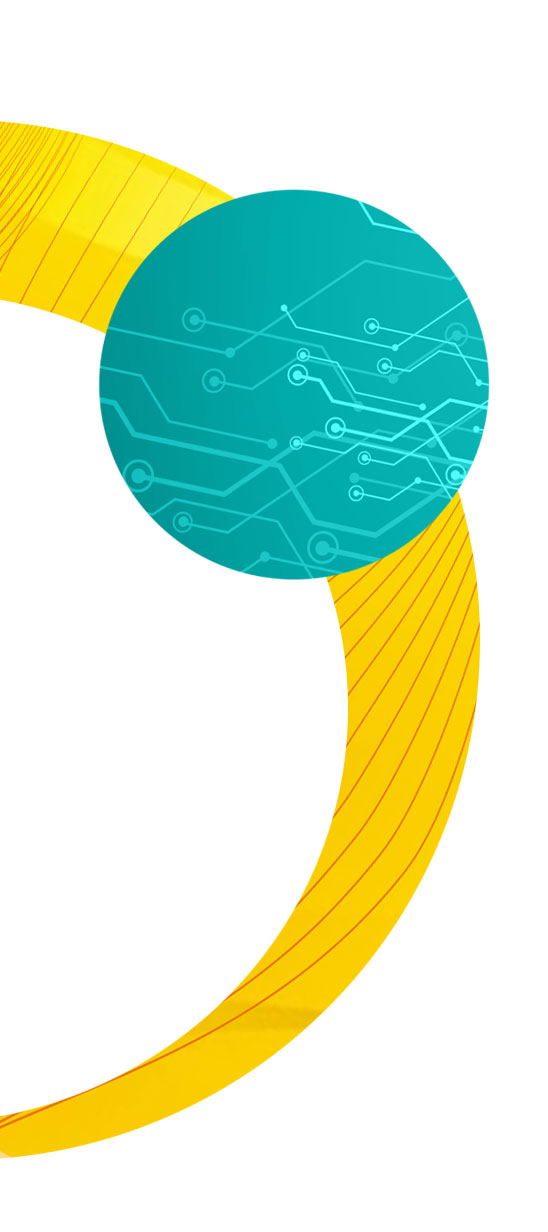
ABS stands for Acrylonitrile Butadiene Styrene. ABS is an
impact-resistant engineering thermoplastic & amorphous polymer. ABS is made
up of three monomers: acrylonitrile, butadiene and styrene.
ABS falls between standard resins (PVC, polyethylene,
polystyrene, and so on) and engineering resins (acrylic, nylon acetal…) and
often meets the property requirements at a reasonable price-cost effectiveness.
Key Properties of ABS
ABS is an ideal material of choice for various structural
applications, thanks to its several physical properties such as:
High rigidity
Good impact resistance, even at low temperatures
Good insulating properties
Good weldability
Good abrasion and strain resistance
High dimensional stability (Mechanically strong and stable over time)
High surface brightness and excellent surface aspect
ABS shows excellent mechanical properties i.e. it is hard
and tough in nature and thus delivers good impact strength. Acrylonitrile
Butadiene Styrene offers a high degree of surface quality. Apart from these
characteristics, Acrylonitrile Butadiene Styrene exhibits good electrical
insulating properties.
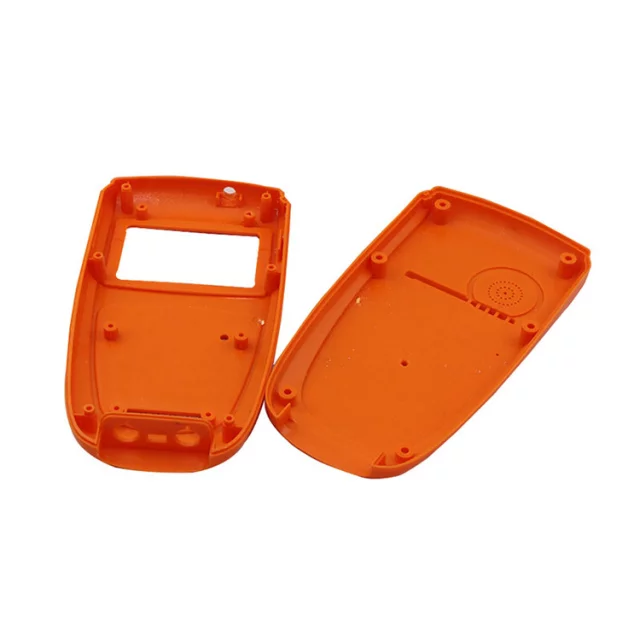
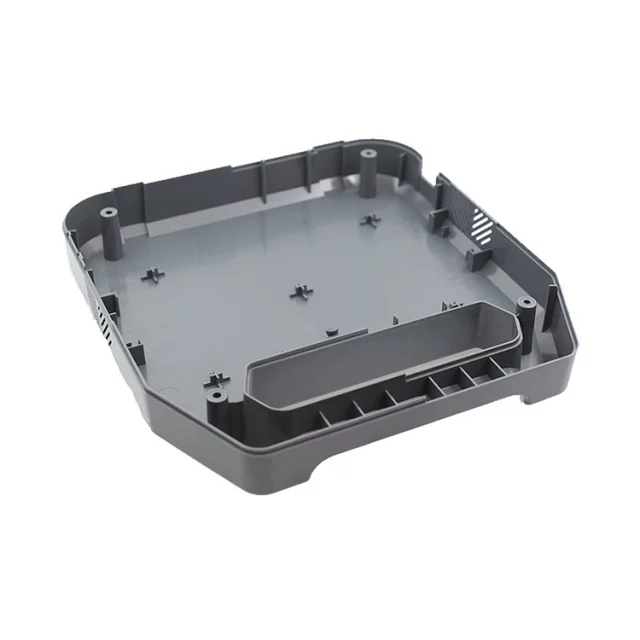
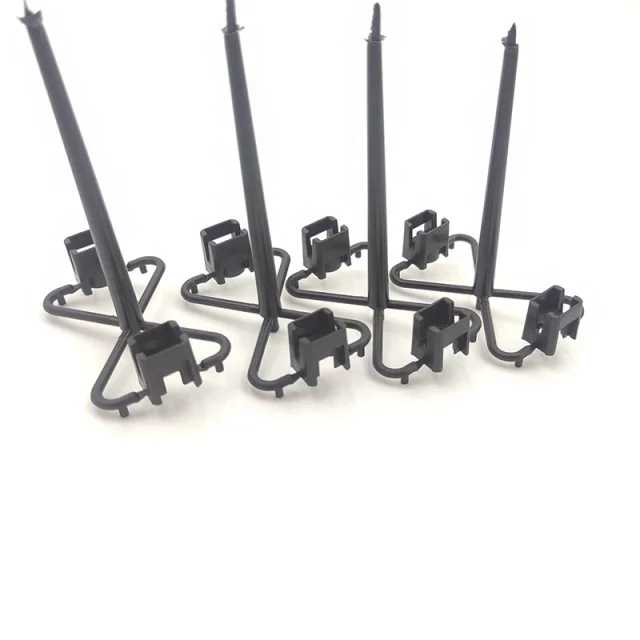

Exhibiting high temperature and electrical resistances,
polyamides (nylon) are considered as high performance plastics and are widely
used in automotive & transportation markets, consumer goods and electrical
and electronics applications among others. Learn more about this interesting
class of plastics along with the main applications and benefits of some common
polyamides: PA11, PA12, PA46, PA6, PA66 and PPA (polyphthalamides). Explore
more about their key properties like mechanical, thermal, electrical, etc.,
conditions to process this polymer and understand what makes Polyamides an
ideal choice in high-end engineering applications.
Polyamides are widely used in markets, such as automotive
and transportations, electrical and electronics, consumer goods and many more.
Main Properties of PA6 and PA 66
PA6 & PA66 are by far the most used polyamides globally.
Both Polyamide 6 (PA6) and Polyamide 66 (PA66) are widely used in many
different markets and applications due to their excellent performance/ cost
ratios.
KEY PROPERTIES
High strength and stiffness at high temperature
Good impact strength, even at low temperature
Very good flow for easy processing
Good abrasion and wear resistance
Excellent fuel and oil resistance
Good fatigue resistance
PA 6 has excellent surface appearance and better
processability than PA66 (due to its very low viscosity)
Good electrical insulating properties
High water absorption and water equilibrium content
limits
the usage
Low dimensional stability
Attacked by strong mineral acids and absorbs polar solvents
Proper drying before processing is needed
Although, they exhibit similar properties, slight
differences do remain. PA6 has a slightly lower temperature resistance versus
PA66 and is also slightly less expansive.
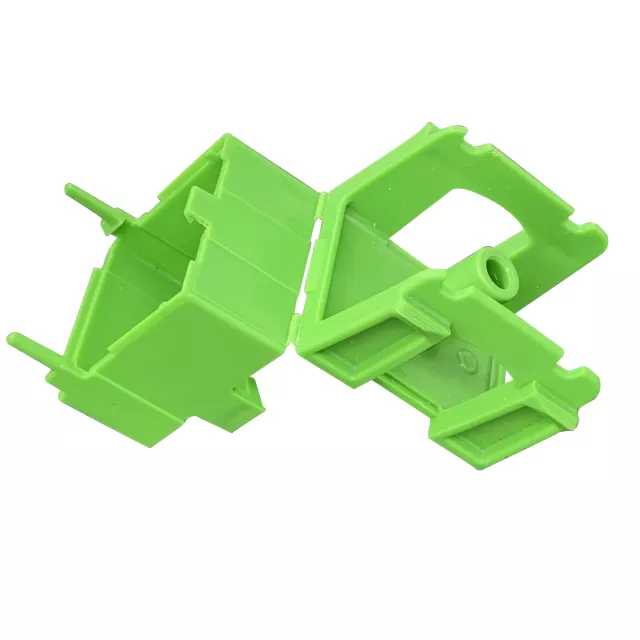
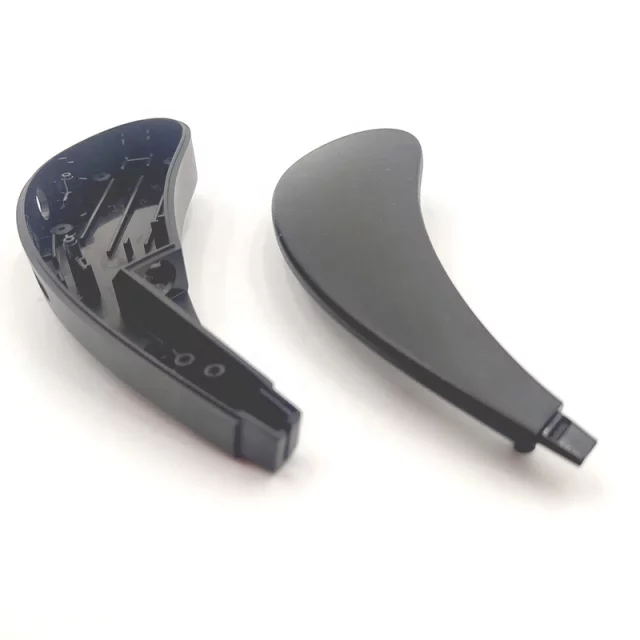
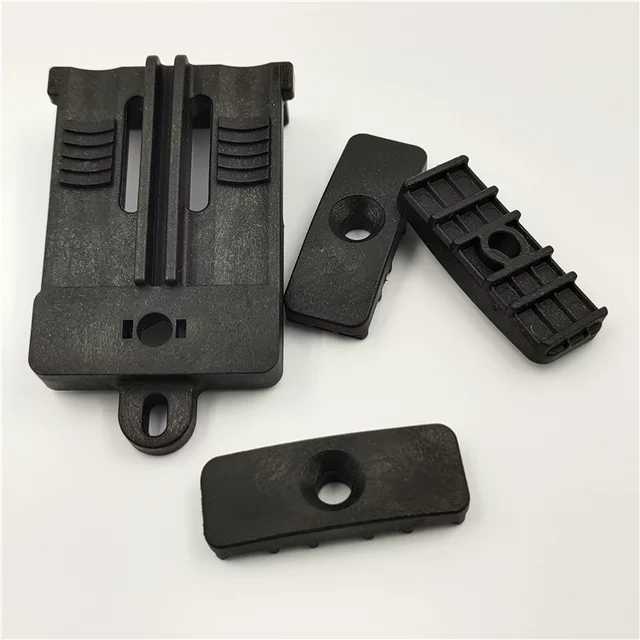
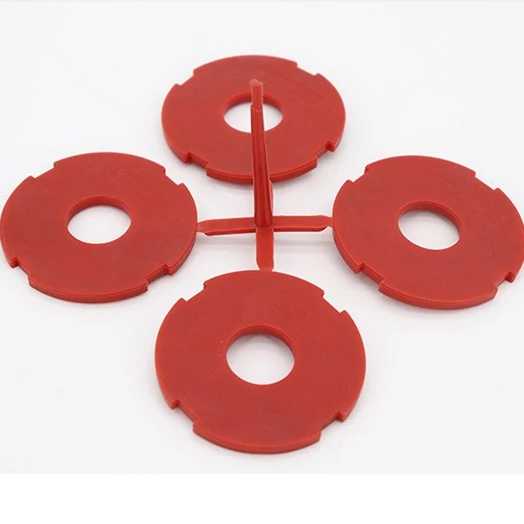

Polycarbonate Is A High-Performance Tough, Amorphous And
Transparent Thermoplastic Polymer With Organic Functional. PC Is Popularly Used
As An Engineering Plastic Owing To Its Unique Features That Include:
High Impact Strength
High Dimensional Stability
Good Electrical Properties
Amongst Others
Though The Characteristics Of Polycarbonate Are Similar To
Polymethyl Methacrylate (PMMA, Acrylic), But Polycarbonate Is Stronger, Usable
In A Wider Temperature Range (Melting Point: 155°C) But More Expensive.
As PC Shows
Excellent Compatibility With Certain Polymers, It Is Widely Used In Blends,
Such As PC/ABS, PC/ PET, PC/PMMA. Some Of The Common Applications Are Compact
Disc, Safety Helmets, Bullet-Proof Glass, Car Headlamp Lenses, Baby Feeding
Bottles, Roofing And Glazing Etc.
Injection Molding
Injection molding is most often used method to produce parts made from
polycarbonates and their blends. Since polycarbonate is highly viscous, it is
usually processed at high temperature to reduce its viscosity. In this process,
the hot polymer melt is pressed through into a mold with high pressure. The
mold when cools, gives the molten polymer its desired shape and
characteristics. This process is generally used to manufacture polycarbonate
bottles, plates etc. Since polycarbonate is a poor-flowing plastic, wall
thickness should not be too thin.
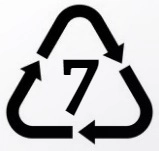
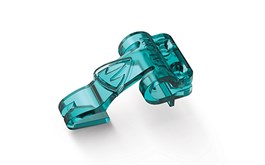

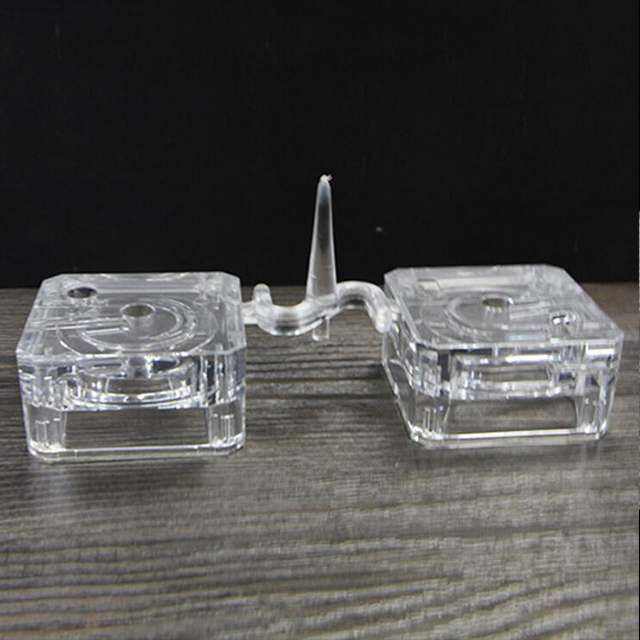

When a material with high strength, good dimensional stability, resistance to various chemicals, and good insulation is needed, PBT is a preferred choice. The same is true when bearing and wear properties are determining factors. For these reasons, valves, food processing machinery components, wheels, and gears are made from PBT. Its application in food processing components is largely due to its low moisture absorption and its resistance to staining. It also doesn't absorb flavors.
Advantages
The major advantages of PBT are evident in its resistance to solvents and low shrinkage rate when forming. It also has good electrical resistance and because of its fast crystallization is easy to mold. It has excellent heat resistance up to 150 degrees Celcius and a melting point reaching 225 degrees Celcius. The addition of fibers enhances its mechanical and thermal properties, allowing it to withstand higher temperatures. Other notable advantages include:
Excellent stain resistance
Excellent machining characteristics
High strength
Toughness
Excellent stiffness-to-weight ratio
Resistance to environmental changes
Excellent machining characteristics
Better impact resistance than PET
Excellent dimensional stability
Blocks UV radiation
High electrical insulation properties
Good variety of grades available
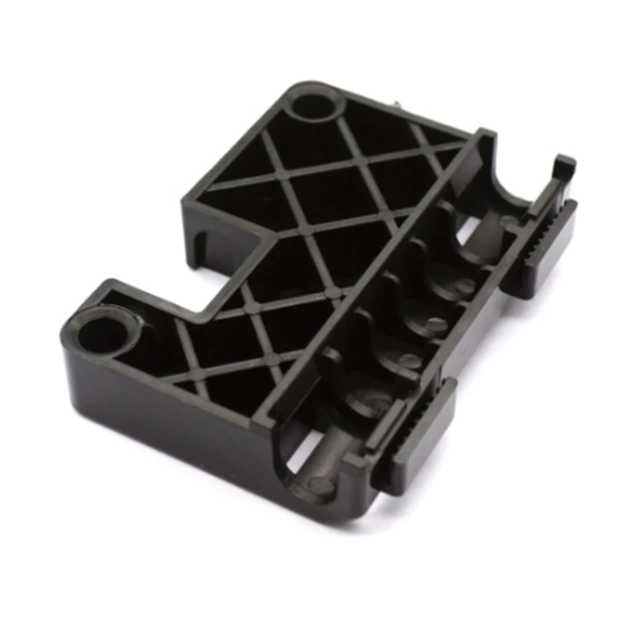
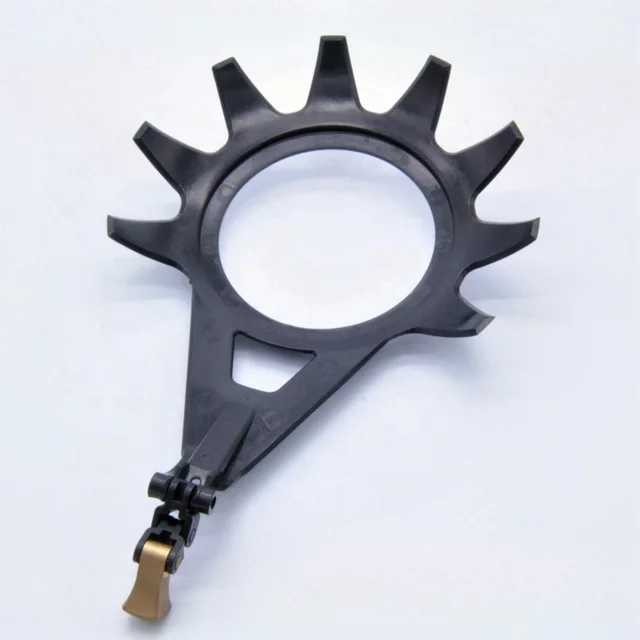
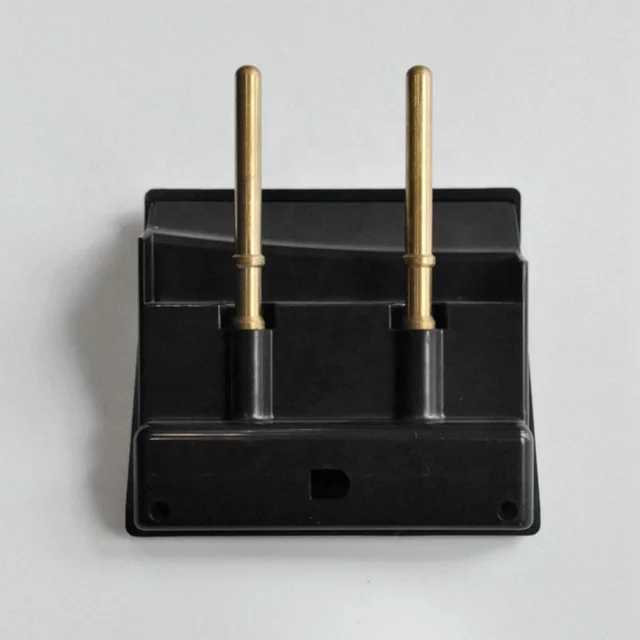
created with
Website Builder Software .